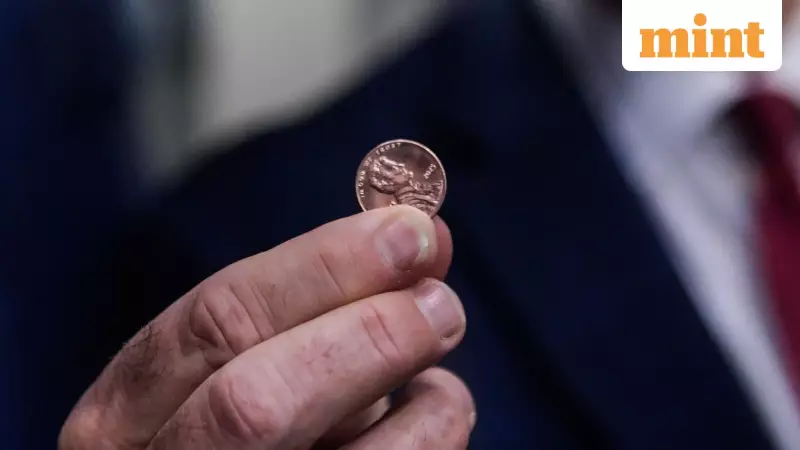
In a historic move marking the end of a 232-year legacy, the United States Mint has officially ceased production of the one-cent coin, popularly known as the penny. The final coin was struck by US Treasurer Brandon Beach at the Philadelphia Mint on 12 November, drawing the curtain on an era of American currency.
The Final Curtain for an American Icon
The penny, once a staple of daily transactions, has seen its practical value diminish dramatically over time. In 1793, a single penny could purchase items like a biscuit or a piece of candy. Today, however, these coins are largely considered nearly worthless, often forgotten in jars or drawers. Despite the halt in production, the billions of pennies already in circulation will remain legal tender, retaining their one-cent value. The US government is not recalling or demonetising them, though their everyday use is expected to naturally decline.
Why the Penny Had to Go
The primary driver behind this decisive action is simple economics: the coin became too expensive to produce. It cost nearly 4 cents to manufacture a single one-cent penny, making its continued production financially unsustainable. US Treasurer Brandon Beach stated that this move is projected to save taxpayers a substantial $56 million. The decision was accelerated after then-President Donald Trump in February ordered the Treasury to stop what he labelled the "wasteful" minting of pennies, prompting many retailers to begin rounding cash transactions.
Public Reaction and the Penny's Legacy
The phaseout, which officials said was largely completed over the summer, created some initial confusion for retailers who were left without official guidance. Responses varied widely: some businesses rounded prices down to avoid shortchanging customers, others requested exact change, and some creative retailers offered prizes like a free drink in exchange for large piles of pennies. Jeff Lenard of the National Association of Convenience Stores expressed mixed feelings, stating, "We have been advocating abolition of the penny for 30 years. But this is not the way we wanted it to go."
Paradoxically, as the final production date neared, some banks began rationing their penny supplies. For many Americans, the penny holds a nostalgic and symbolic value, often associated with good luck or as a fun collectible. Collectors and historians also lament its departure. Frank Holt, an emeritus professor at the University of Houston and a scholar of coin history, voiced sorrow over the discontinuation, highlighting the coin's importance to America's historical record.
In a fitting end, the US Mint will auction off the last few pennies struck, with the sale expected to fetch around $100,000. Mint Acting Director Kristie McNally confirmed that the proceeds will fund Mint operations, with any excess transferred to the US Treasury. The US follows in the footsteps of other nations, like Canada, which stopped minting its penny in 2012.





